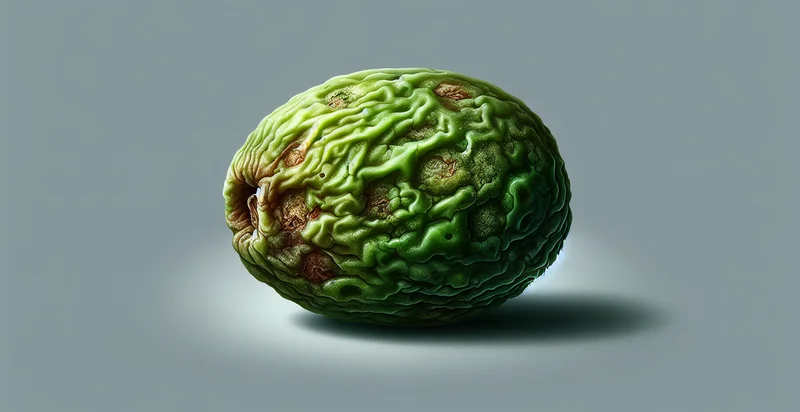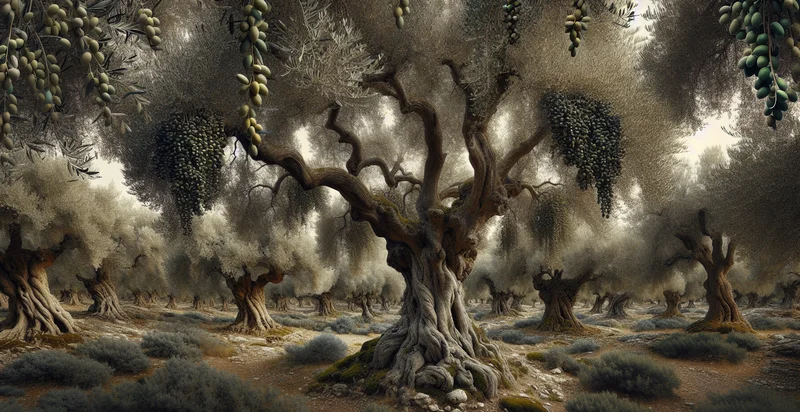Identify if tree is an olive
using AI
Below is a free classifier to identify if tree is an olive. Just upload your image, and our AI will predict if the tree is an olive - in just seconds.

Contact us for API access
Or, use Nyckel to build highly-accurate custom classifiers in just minutes. No PhD required.
Get started
import nyckel
credentials = nyckel.Credentials("YOUR_CLIENT_ID", "YOUR_CLIENT_SECRET")
nyckel.invoke("if-tree-is-an-olive", "your_image_url", credentials)
fetch('https://www.nyckel.com/v1/functions/if-tree-is-an-olive/invoke', {
method: 'POST',
headers: {
'Authorization': 'Bearer ' + 'YOUR_BEARER_TOKEN',
'Content-Type': 'application/json',
},
body: JSON.stringify(
{"data": "your_image_url"}
)
})
.then(response => response.json())
.then(data => console.log(data));
curl -X POST \
-H "Content-Type: application/json" \
-H "Authorization: Bearer YOUR_BEARER_TOKEN" \
-d '{"data": "your_image_url"}' \
https://www.nyckel.com/v1/functions/if-tree-is-an-olive/invoke
How this classifier works
To start, upload your image. Our AI tool will then predict if the tree is an olive.
This pretrained image model uses a Nyckel-created dataset and has 2 labels, including Is Not Olive and Is Olive.
We'll also show a confidence score (the higher the number, the more confident the AI model is around if the tree is an olive).
Whether you're just curious or building if tree is an olive detection into your application, we hope our classifier proves helpful.
Related Classifiers
Need to identify if tree is an olive at scale?
Get API or Zapier access to this classifier for free. It's perfect for:
- Agricultural Monitoring: Farmers can utilize the olive tree identifier to accurately monitor and manage olive groves. By confirming the presence of olive trees in their fields, they can implement targeted agricultural practices to enhance yield and health.
- Biodiversity Assessment: Environmental scientists can employ the olive identification function to assess the biodiversity of forest ecosystems. This tool can help determine the distribution of olive trees within a given area, contributing valuable data to conservation efforts and ecological studies.
- Land Use Planning: Urban planners and agricultural policy makers can use the olive tree identifier to inform land use decisions. By identifying regions with olive cultivation, they can better allocate resources and create sustainable development plans that promote agricultural diversity.
- Supply Chain Optimization: Businesses involved in the olive oil supply chain can leverage this function to trace and verify sources of olive production. This accuracy can enhance transparency and trust in the supply chain, ensuring consumers receive high-quality products.
- Pest and Disease Management: Agricultural extension services can use the tree identifier to monitor olive tree health and detect pest infestations or diseases. Early identification can lead to timely intervention strategies, ultimately protecting crops and maximizing production.
- Training and Education: Educational institutions can implement the olive tree identification function in curriculum development for agricultural studies. Students can engage in practical learning about olive cultivation, tree identification, and ecological management, enhancing their career readiness.
- Cultural Heritage Projects: Organizations focused on preserving agricultural heritage can include this identification tool in their projects. By documenting and cataloging traditional olive groves, they can promote cultural awareness and heritage conservation efforts in regions where olive cultivation is historically significant.


